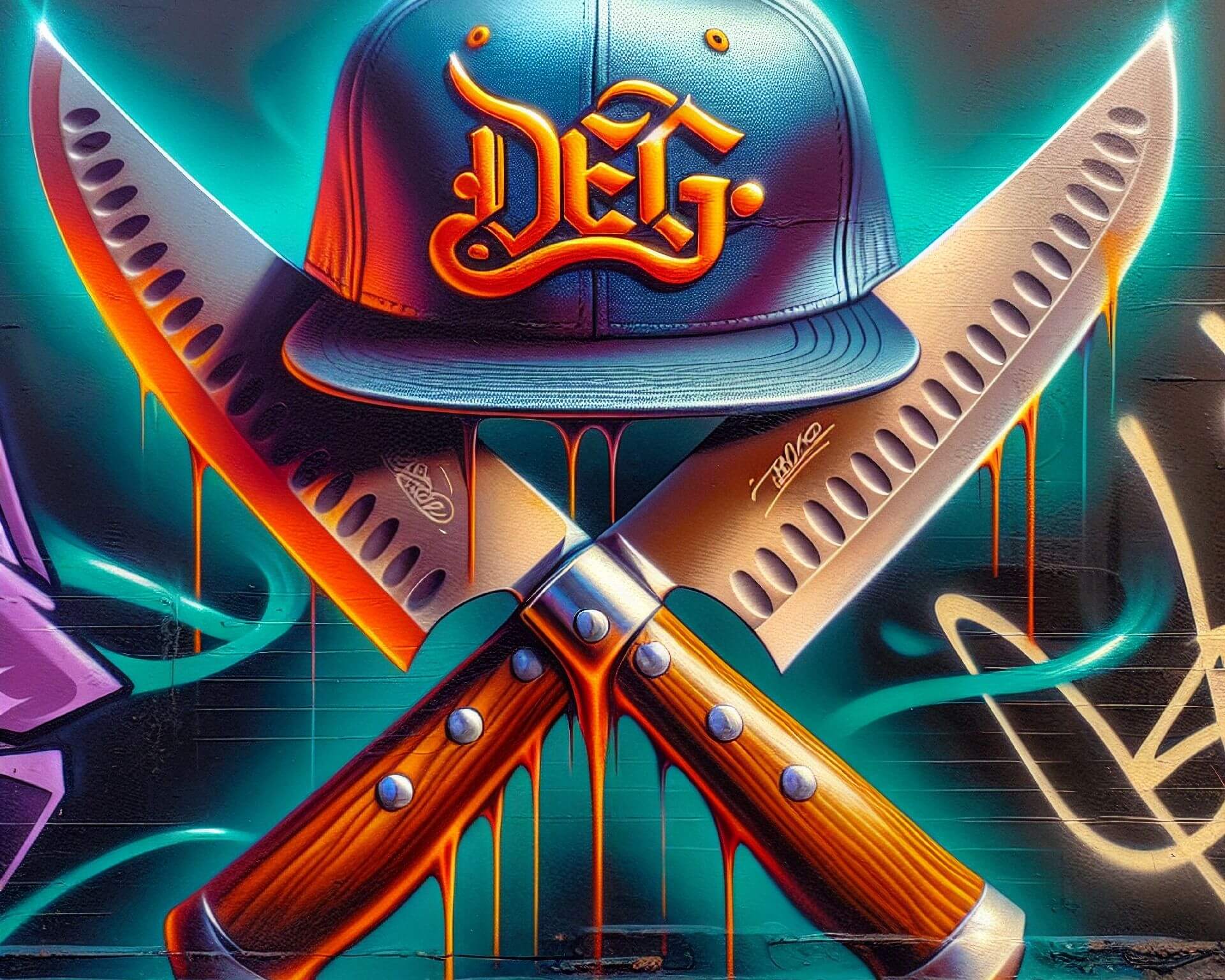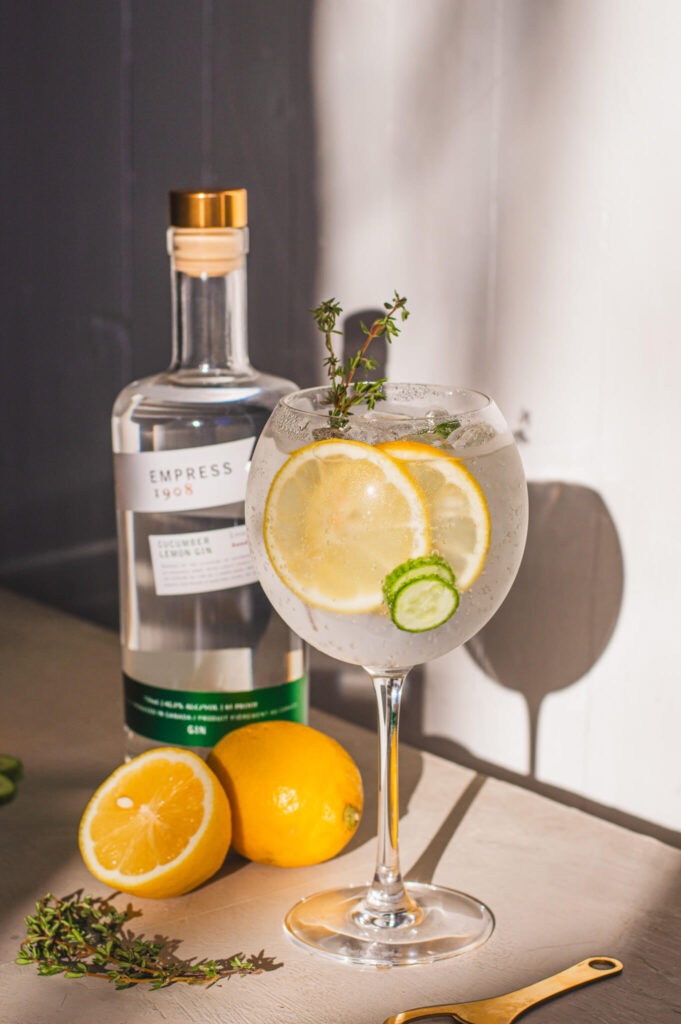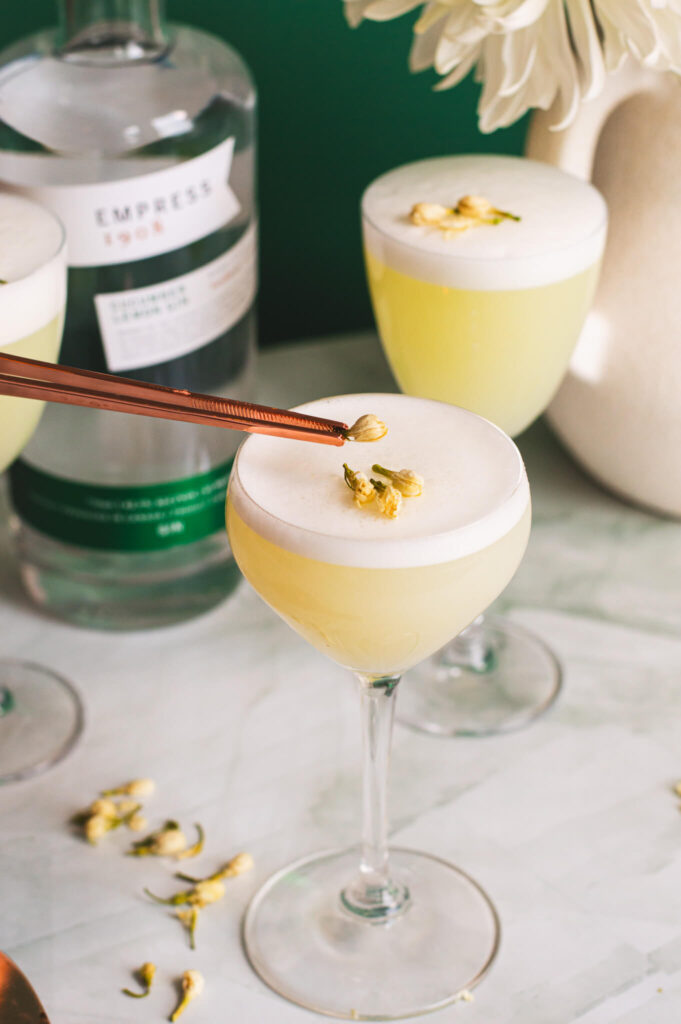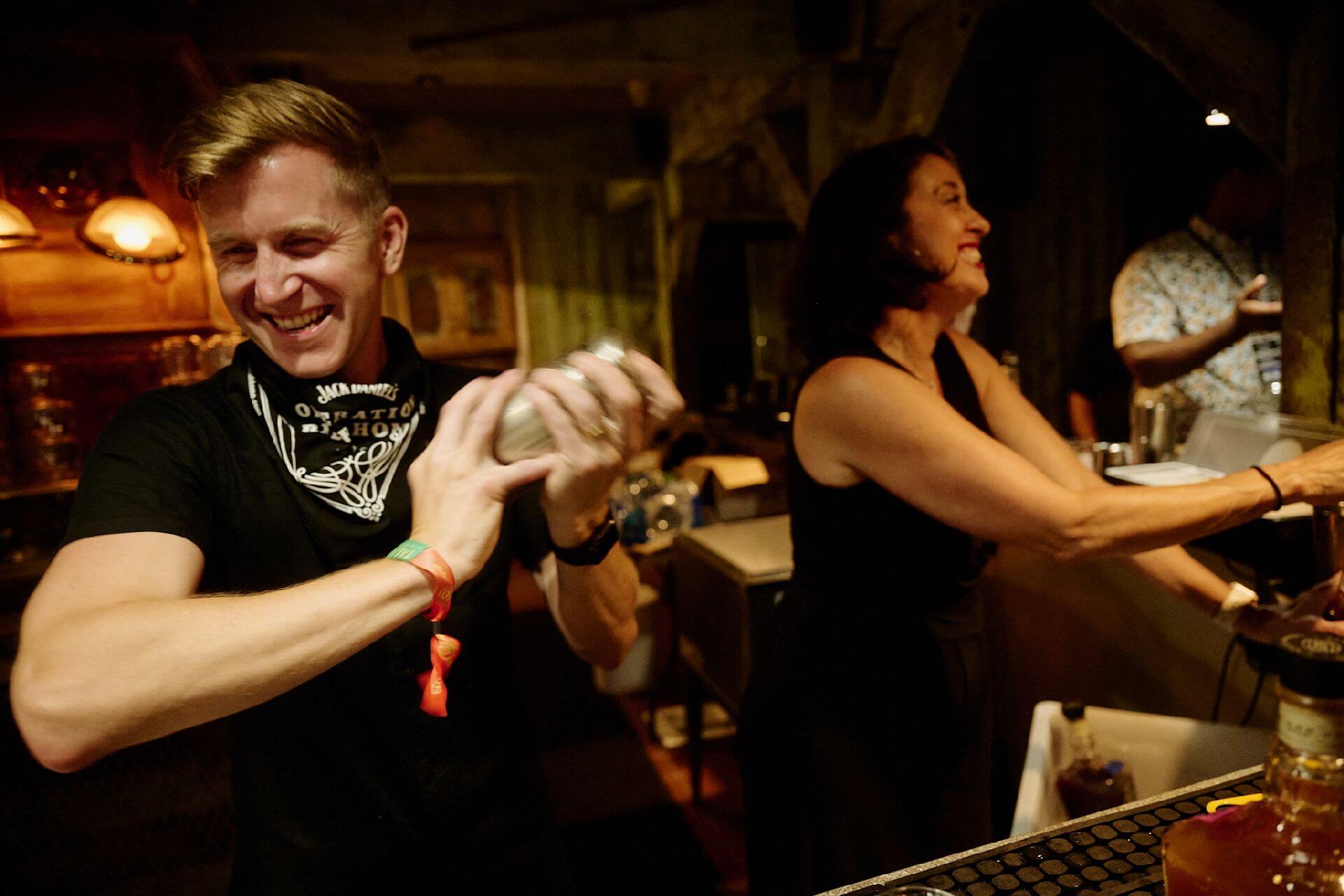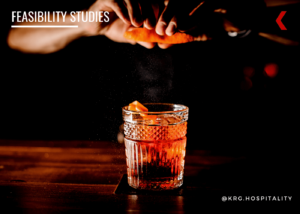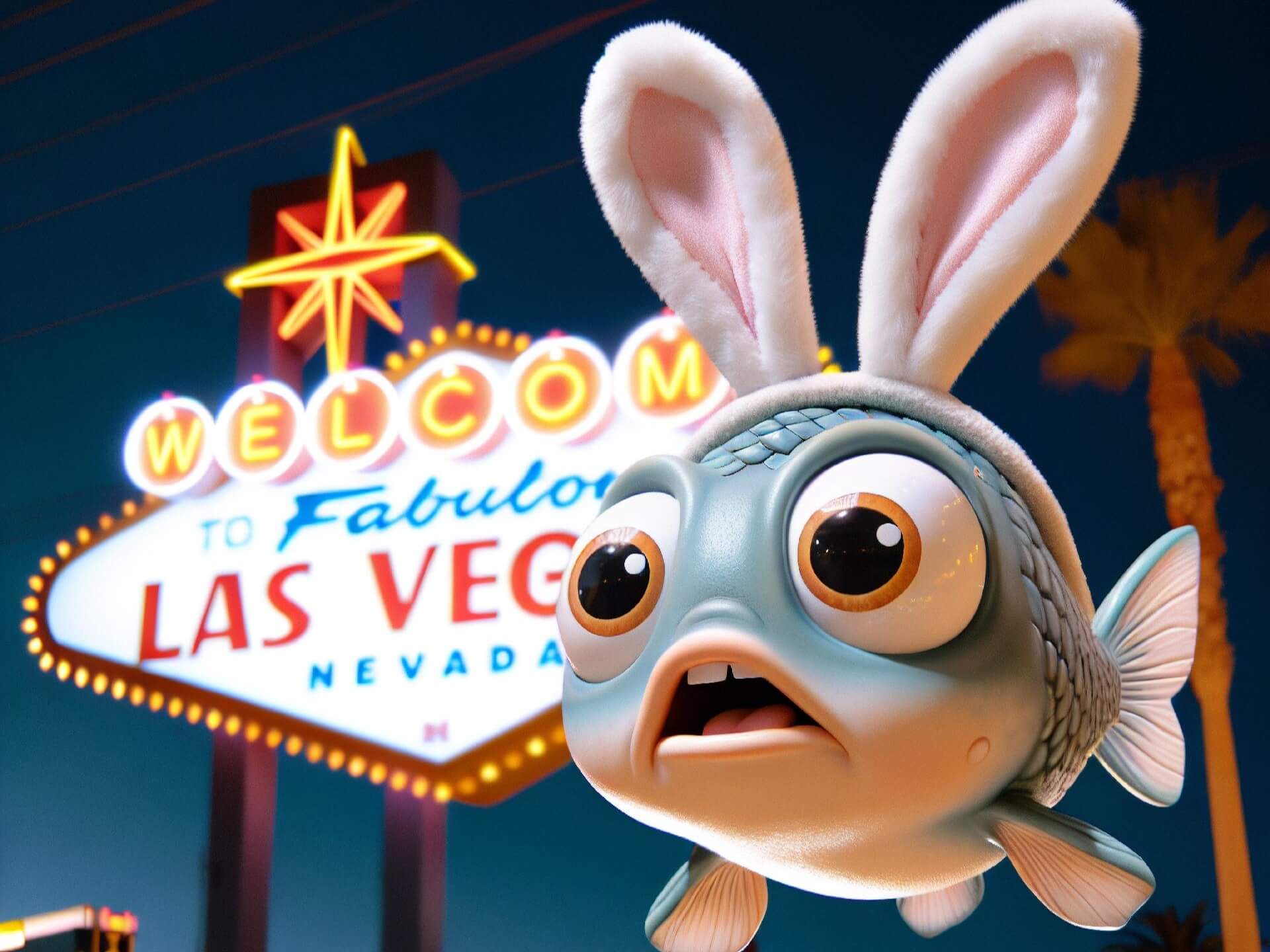Chef Duffy x NRA Show: Balance
by David Klemt

Those would be some pretty rad sleeves in real life.
I’m not done with the invaluable menu tips and tricks shared by Chef Brian Duffy during his 2024 National Restaurant Association Show live menu reads.
The KRG Hospitality team attends and speaks at multiple hospitality industry trade shows, conferences, and expos each year. When reviewing the education on offer, I always search for Chef Duffy’s name to see if he’s doing live menu reads.
And why have I developed this habit? Simple: The amount of insights one can take back to their business and implement immediately. Consider the impact one of Chef Duffy’s asides can have just on the guest experience.
As an example, when addressing the burger section of an anonymous operator’s menu, he casually mentioned that he always adds two slices of cheese to a cheeseburger to fill the top out more.
There’s also his tip for housemade, signature seasoning blends. Don’t make a quart, make ten pounds and store the blend in a flat tray, labeled clearly. Chef Duffy’s reads aren’t a breakdown of tips that only the operator who submitted the menu will find beneficial; everyone who pays attention will walk away with valuable advice.
At this year’s NRA Show, Chef Duffy had only enough time to get through three menu reads. However, he still packed his session with helpful advice. So, after reviewing all the notes I took, I decided I’d need to write two articles.
Let’s go!
Achieving Balance: Food Costs
In yesterday’s article, available here, I touched on one of Chef Duffy’s key points: achieving balance.
He made this point in response to a sports bar menu that had a couple pricing issues. One involved add-ons, with two slices of bacon costing $3.50 while a chicken breast was six dollars. And then there were the daily specials: two Chicago-style hotdogs cost more than a burger.
However, there’s more to balancing a menu—and the kitchen—than ensuring pricing makes sense to guests.
By now, we’ve all heard and read ad nauseam that costs are rising. In fact, we’ve all experienced these increases. Streamlining the menu, including production, can help mitigate this issue.
As Chef Duffy said during his menu reads, he’d rather execute 25 items perfectly than produce 50 items that suck. I can say that we wholeheartedly agree with this sentiment.
In part, we agree because we favor smaller menus. Offering fewer menu items made perfectly—consistently so—with cross-utilized ingredients as often as possible reduces food costs. There’s also that pesky paradox of choice inherent to a bloated menu.
But there’s another benefit: kitchen team satisfaction and retention. An overwhelmed kitchen team is an unhappy kitchen team, and an unhappy kitchen team will look for the exits. Losing a single team member costs an operator thousands of dollars, let alone an entire team.
Achieving Balance: Labor Costs
This is probably my favorite tip from this round of live menu reads: Chef Duffy color codes his recipes and menus in the development stage.
An operator can realize multiple benefits from this approach to menu programming. Among these is a visual representation of how many dishes are being prepped and produced by each station.
Color-coding the recipes and menu allows an operator, their leadership team, and kitchen team to avoid, as Chef Duffy put it, hammering a specific station. I’ll also opine that this technique can help identify any labor or skill gaps (or redundancies).
Chef Duffy’s method of menu development also helps operators balance their menus before they ever reach their guests’ hands. Case in point: One menu Chef Duffy reviewed in Chicago listed a single item underneath its own menu section. That’s not great balance.
I think every restaurant and bar operator can benefit from this tip, whether a visual, auditory, reading, or kinesthetic learner.
Achieving Balance: All Hands
A restaurant or bar doesn’t achieve success due to the efforts of a single person. So, why do so many concepts maintain silos?
When Chef Duffy prices a menu, he doesn’t do so alone. Rather, he involves the owner (or owners) of the business, the kitchen manager, and the head chef.
The word “culture” is thrown around a lot these days, nearly to the point that the word has lost its meaning. An operator who truly wants to build a positive work and brand culture needs buy-in from their team. A great way to not achieve that is to avoid transparency.
So, share numbers with the appropriate parties. A head chef needs to know the kitchen’s numbers if they ever hope to achieve the title “executive chef.” The leader who oversees the kitchen team can’t do their job effectively if they don’t know what the kitchen costs the business and what revenue it generates.
And a team that doesn’t feel trusted or appreciated—and that there’s no opportunity to develop as a hospitality professional to grow in this industry—is one that won’t hesitate to leave for better employment.
To that end, Chef Duffy strongly recommends that operators spend an hour per week with each kitchen team member. After all, as Chef Duffy pointed out, if an operator’s vision isn’t being executed, they have only themselves to blame.
An operator can’t expect to achieve consistency without working to achieve balance. Without consistency, a sustainable, scalable business is unachievable.
Image: Shutterstock. Disclaimer: This image was generated by an Artificial Intelligence (AI) system.


